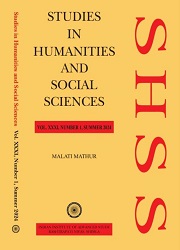Value Education in Ancient India
A Holistic Approach to Learning
Keywords:
Ancient India, Holistic education, Gurukula system, Moral and ethical values, Value educationAbstract
This study explores the holistic approach to education in ancient India, emphasizing the integration of moral, ethical, and spiritual development with academic learning. Ancient Indian educational practices, notably the Gurukula system, were deeply embedded in the spiritual and philosophical traditions of the Vedas and Upani_sads, fostering an environment where learning transcended the mere acquisition of knowledge. The article examines the foundational principles of value education in ancient India, including the Gurukula system’s focus on personal development and moral values, the ethical and moral teachings derived from the Vedas and Upani_sads, and the role of religion and philosophy in shaping educational values. Furthermore, it highlights the importance of debate and dialogue in promoting critical thinking and ethical discernment. By critiquing contemporary educational practices that prioritize information over transformation, the article presents a vision for an educational system that cultivates intellectually accomplished, morally grounded, and spiritually awakened individuals. This exploration underscores the relevance of ancient wisdom in addressing modern challenges such as environmental degradation, social inequality, and the crisis of meaning, offering insights into creating a more enlightened and sustainable future.


